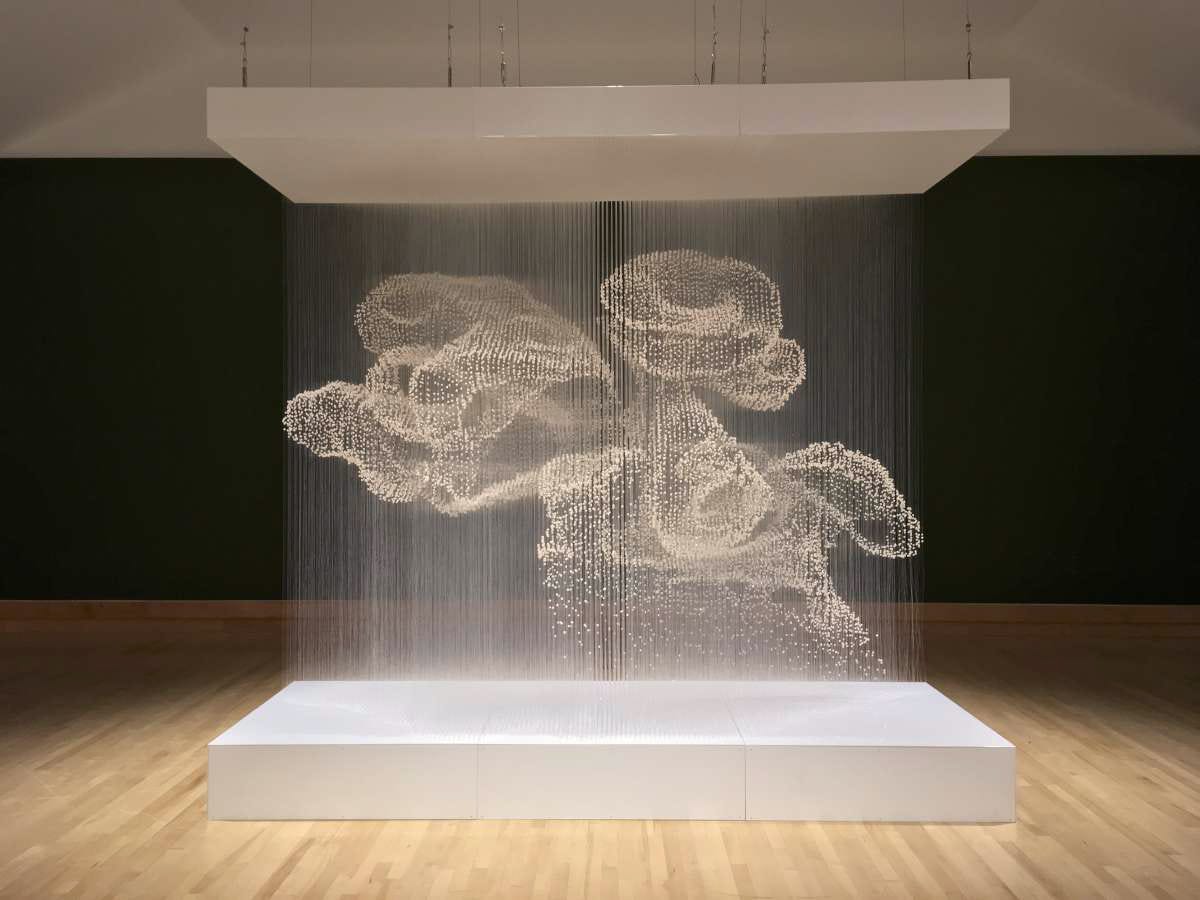Recent tariff announcements against China by the U.S. have reignited conversations about global manufacturing and, more provocatively, pulled back the curtain on our perception of luxury. In response, several Chinese manufacturers have taken to TikTok, revealing that many of the world’s most coveted luxury brands, some with centuries-old European heritage, are producing their goods in Chinese factories. Whether these claims are accurate or not, the very idea challenges the image we've been sold: that luxury is intrinsically European, handcrafted in ateliers nestled in Paris or Milan, and justified by an aura of exclusivity and artisanal tradition.
It’s a reminder that marketing is never just about selling a product, it’s about selling a story. This brings me back to a powerful conversation Ashley and I had with Babba Rivera on the first episode of Season 2 of The Impactful Conversations Effect podcast. Babba spoke about her mission to reframe the perception of Latin American culture, often reduced to clichés of music and cuisine, by building a beauty brand, Ceremonia, rooted in quality, sustainability, and deep cultural narrative. Her approach is a case study in how marketing can both reflect and reshape what we value.
At the heart of it all is the psychology behind what we buy. We rarely purchase based on function alone, more often, we buy into how something makes us feel. Scarcity, storytelling, and country-of-origin branding all shape our decisions. A handbag made in France feels more valuable than one made elsewhere, not necessarily because it’s better, but because we associate France with craftsmanship, luxury, savoir-faire, je ne sais quoi, and heritage. These are deeply ingrained perceptions, reinforced over decades of marketing and cultural storytelling ones that many other countries, despite producing exceptional goods, have struggled to replicate.
Consumers emotionally justify spending through a mix of prestige, aspiration, and self-worth. A luxury item can feel like a reward, a status symbol, or a way to signal belonging. This is where brand semiotics comes in, the study of how signs and symbols communicate meaning. Logos, packaging, language, even the colour palette used in branding all contribute to the illusion of value. When you buy a luxury good, you’re not just buying a product, you’re buying into a world carefully constructed to make you feel something: special, important, elevated. That emotional connection justifies the price tag far more than the materials or place of origin ever could.
The recent wave of Chinese factory TikToks, some claiming to produce items for iconic luxury brands, has sparked both fascination and fury. These videos, whether wholly accurate or not, have gone viral for a reason: they challenge our assumptions. They force us to confront an uncomfortable question, what exactly are we paying for when we buy luxury? Even if some claims are exaggerated, the broader conversation they ignite is what matters. It’s less about the literal truth and more about what these revelations represent: a disruption of the well-guarded mythology luxury brands have spent decades crafting.
The backlash is telling. Is the reaction rooted in surprise? Denial? Disillusionment? Perhaps all three. The idea that the same country we associate with mass-produced affordability might also be behind our most prized possessions creates cognitive dissonance. And yet, it raises a deeper question: Can luxury remain aspirational while also being transparent? Or are our perceptions so deeply shaped by European storytelling that “Made in France” and “Made in Italy” will always mean more, regardless of who’s actually doing the making?
This moment invites us to re-evaluate not just what we buy, but from whom, and why. Will consumers begin to recognise craftsmanship for what it truly is, regardless of geography? Or is the grip of country-of-origin branding so strong that even with proof in hand, we’ll still chase the dream we’ve been sold?
This is also a rare and timely opportunity for brands, especially newer ones or those repositioning, to step into a more expansive definition of luxury. One rooted not in geography, but in craftsmanship, transparency, and intention. Some consumers are already asking for more honesty and less mystique. Heritage may still matter, but it’s no longer the only story worth telling.
Ultimately, we’re left with a simple but powerful question: Are we paying for true craftsmanship or just the story we want to believe?
Think about the last luxury item you bought—or desired. Did it represent quality, or was it a symbol of something else? Would you still want it if it carried a “Made in China” label, even if the product itself was impeccable? I’d love to hear your thoughts because understanding how and why we buy is the first step in shifting the narrative.
And for new brands or those trying to reposition, this moment is especially critical. In a landscape where perception often outweighs production, your ability to tell your story and tell it well. is everything. Marketing isn’t just about visibility. It’s about resonance. What you say as a brand, and more importantly how it makes your audience feel, shapes how people connect, trust, and ultimately choose you. The brands that succeed will be the ones that understand: emotion is the true luxury and story is its most powerful vessel.
Bisous,
Winy
What I’m listening to:
If you haven’t listened to our episode with Lissy Alden yet, I highly recommend it. In this conversation, we explore the concept of mental fitness, why training our minds should be as essential as training our bodies. Lissy shares how she built MYNDY, a platform designed to help high-achievers build resilience, set boundaries, and protect their mental well-being in the midst of busy lives. It’s a powerful reminder that success without peace isn’t really success at all. You can listen to it right here on Substack or wherever you listen to your podcasts!
Art that is inspiring my creativity:
There’s something meditative about Spirit Cloud by Chinese-Canadian artist Xiaojing Yan. Suspended in midair, composed of hundreds of individually strung elements, the work feels weightless—yet it holds immense presence. It asks us to slow down, to look closely, to consider how something so intricate can also feel so ephemeral.
Yan’s use of space, transparency, and repetition reminds me that storytelling isn’t always linear. Sometimes, it’s what emerges when you step back and take in the whole. The installation feels like breath, like memory, like a dream you’re just beginning to remember.
As always, if you need strategic advice pertaining to Branding, Communications, Digital strategy, or Marketing, or if you want to chat about a new project—or just say hi!—our boutique agency, Deux Creative, is here to help!






